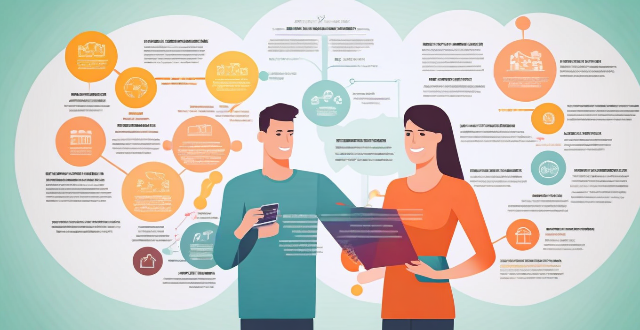Education and awareness play a crucial role in promoting climate action and achieving the Sustainable Development Goals (SDGs). By providing individuals with knowledge and understanding of complex environmental issues, we can empower them to make informed decisions and take action towards a more sustainable future. Educational programs can promote environmental literacy, encourage active engagement, and build capacity for innovation that supports both climate action and the achievement of the SDGs. Strategies for promoting climate action and the SDGs through education and awareness include integrating sustainability into curricula, promoting interdisciplinary collaboration, partnering with community organizations, and utilizing technology and social media.

The Role of Education and Awareness in Promoting Climate Action and the SDGs
Education and awareness-raising are crucial tools in promoting climate action and achieving the Sustainable Development Goals (SDGs). By providing individuals with knowledge and understanding of complex environmental issues, we can empower them to make informed decisions and take action towards a more sustainable future. In this answer, we will explore how education and awareness-raising can help promote both climate action and the SDGs.
Importance of Education and Awareness
Promoting Environmental Literacy
Education plays a vital role in promoting environmental literacy, which is essential for understanding the impact of human activities on the planet. Through educational programs, individuals can learn about the causes and consequences of climate change, as well as the interconnectedness of environmental issues with other global challenges such as poverty, inequality, and health. This increased understanding can lead to more informed decision-making and behavior change.
Encouraging Active Engagement
Awareness-raising campaigns can inspire individuals to become actively engaged in addressing climate change and supporting the SDGs. By highlighting successful initiatives and showcasing the positive impact of collective action, these campaigns can motivate people to participate in community projects, advocate for policy changes, and support sustainable businesses.
Building Capacity for Innovation
Educational institutions have the potential to foster innovation by providing opportunities for research, collaboration, and skill development. By encouraging students to explore sustainable solutions and engage in interdisciplinary learning, educational programs can build capacity for innovation that supports both climate action and the achievement of the SDGs.
Strategies for Promoting Climate Action and the SDGs through Education and Awareness
Integrating Sustainability into Curricula
One effective strategy is to integrate sustainability into curricula across various disciplines. This approach ensures that students receive a comprehensive understanding of environmental issues and their connections to social, economic, and political factors. For example, schools can incorporate lessons on renewable energy in science classes, discuss the impact of consumer choices on supply chains in business courses, and explore the relationship between environmental degradation and public health in medical programs.
Promoting Interdisciplinary Collaboration
Another strategy is to promote interdisciplinary collaboration among different fields of study. By bringing together experts from diverse backgrounds, educational institutions can foster innovative thinking and problem-solving skills that are essential for addressing complex environmental challenges. This approach also encourages students to develop a holistic perspective on sustainability issues, recognizing the interconnectedness of various systems and sectors.
Partnering with Community Organizations
Educational institutions can partner with community organizations to create opportunities for practical engagement in sustainability projects. These partnerships allow students to apply their knowledge and skills in real-world settings, while also contributing to local efforts to address climate change and support the SDGs. Examples include participating in tree planting initiatives, conducting energy audits for local businesses, or collaborating on waste reduction campaigns.
Utilizing Technology and Social Media
Finally, technology and social media offer powerful tools for raising awareness about climate action and the SDGs. Educational institutions can leverage digital platforms to share information, showcase success stories, and connect with a wider audience. Social media campaigns can also facilitate peer-to-peer learning and provide opportunities for students to share their experiences and ideas related to sustainability.
In conclusion, education and awareness-raising are critical components of promoting climate action and achieving the SDGs. By integrating sustainability into curricula, promoting interdisciplinary collaboration, partnering with community organizations, and utilizing technology and social media, educational institutions can empower individuals to take informed action towards a more sustainable future.